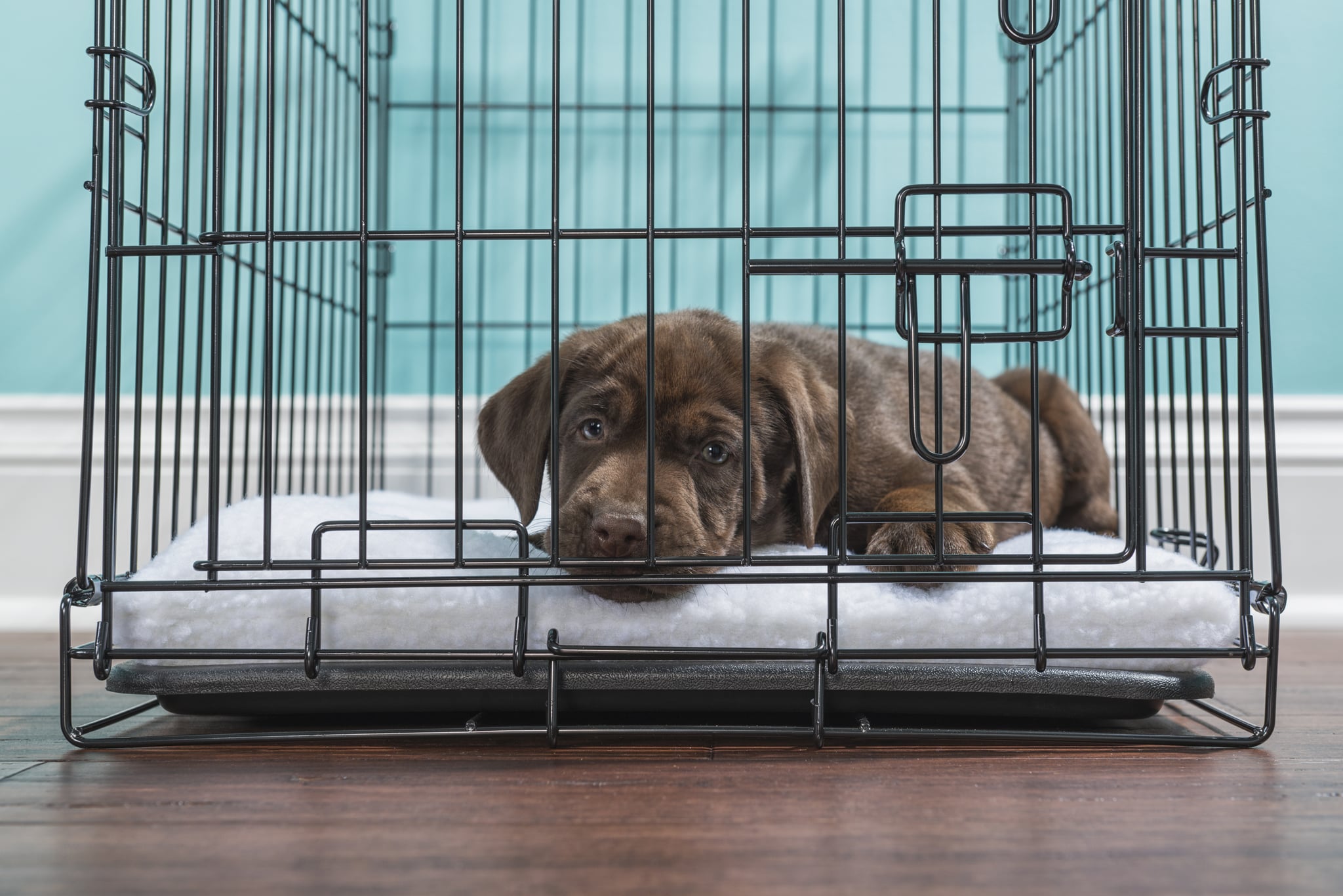how to crate train a dog at night
How to Crate Train a Dog at Night

Crate training is a great way to housebreak your dog and teach him good manners. It can also be a valuable tool for keeping your dog safe and secure when you're not home. However, crate training can be challenging at first, especially if you're trying to crate train your dog at night.
Here are some tips to help you crate train your dog at night:
- Start by choosing the right crate. The crate should be big enough for your dog to stand up, turn around, and lie down comfortably. It should also be made of a sturdy material that your dog can't chew through.
- Place the crate in a quiet area of your home. This will help your dog to relax and associate the crate with a positive experience.
- Start by feeding your dog in the crate. This will help your dog to see the crate as a safe and comfortable place.
- Once your dog is comfortable eating in the crate, start closing the door for short periods of time. Gradually increase the amount of time that you keep your dog in the crate until he can stay there for several hours at a time.
- Never punish your dog for whining or barking in the crate. This will only make him afraid of the crate and make it more difficult to train him.
- Be patient and consistent with your training. Crate training can take time, but it is worth it in the long run.

Here are some additional tips for crate training your dog at night:
- Make sure your dog is tired before you put him in the crate. A tired dog is more likely to sleep through the night.
- Give your dog a kong or other chew toy to keep him occupied in the crate. This will help him to stay calm and distracted.
- Check on your dog periodically throughout the night. If he is whining or barking, let him out to go to the bathroom, but then put him back in the crate.
- Be prepared for accidents. Even the best-trained dogs can have accidents in the crate from time to time. Be prepared to clean up any messes and don't get discouraged.
With patience and consistency, you can successfully crate train your dog at night. This will help to keep your dog safe and secure, and it will also make housebreaking and training him much easier.


Additional Tips for Crate Training Your Dog

- Use a crate cover to create a den-like environment that your dog will find comforting.
- Start by feeding your dog his meals in the crate. This will help him to associate the crate with good things.
- Give your dog a kong or other chew toy to keep him occupied in the crate. This will help him to stay calm and distracted.
- Talk to your dog in a soothing voice when you put him in the crate. This will help him to relax and feel safe.
- Never force your dog to go into the crate. If he's reluctant, try offering him a treat or playing a game of tug-of-war to get him excited about going in.
- Be patient and consistent with your training. Crate training can take time, but it's worth it in the long run.
Common Problems with Crate Training


- Your dog whines or barks in the crate. If your dog is whining or barking in the crate, it's important to be patient and consistent with your training. Here are a few things you can do:
- Never punish your dog for whining or barking. This will only make him afraid of the crate and make it more difficult to train him.
- Check on your dog periodically throughout the night. If he is whining or barking, let him out to go to the bathroom, but then put him back in the crate.
- Make sure your dog is getting enough exercise and mental stimulation during the day. A tired dog is more likely to sleep through the night.
- Use a crate cover to create a den-like environment that your dog will find comforting.
- Give your dog a kong or other chew toy to keep him occupied in the crate.
- Your dog has accidents in the crate. If your dog has accidents in the crate, it's important to clean up the mess immediately and then put your dog back in the crate. Here are a few things you can do to prevent accidents:
- Make sure your dog is getting enough exercise and mental stimulation during the day. A tired dog is more likely to hold his bladder and bowels.
- **Take your dog outside to go to the bathroom before you put him in the crate.
Thank you for exploring our website by how to crate train a dog at night. Your presence fuels our commitment to excellence. Come back for a more enriching experience!
